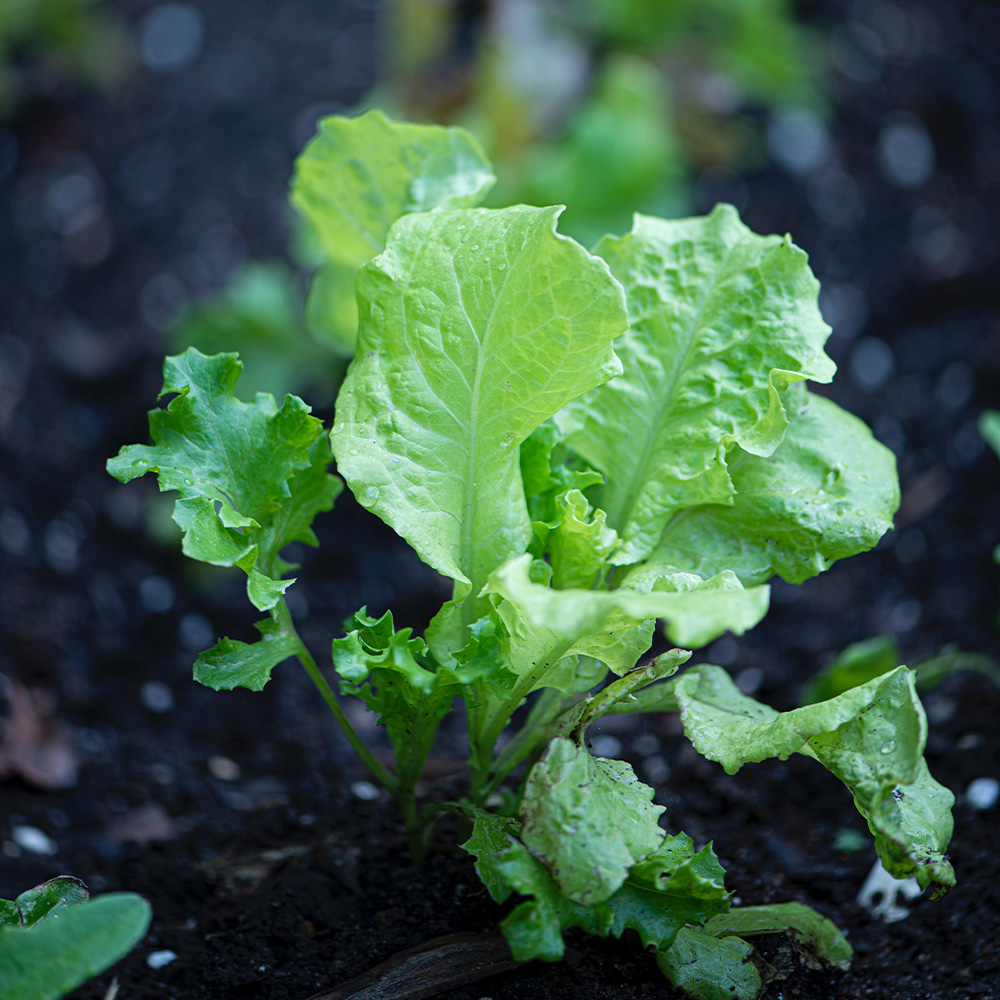Creating a vegetable garden is an enjoyable and rewarding experience that promotes a healthy lifestyle. Not only does it provide fresh air, sunshine, and exercise, but it also ensures access to nutritious, homegrown produce. If you’re new to vegetable gardening, follow these five essential steps to get started.
Step One: Choose the Right Site
Selecting the ideal location is critical for successfully growing a vegetable garden. Find an area with full sun, well-draining soil, and close access to water. A relatively flat site will make gardening easier and help plants grow evenly.
Step Two: Determine Your Garden Size
Decide how large your garden should be based on the number of people eating from it and the amount of time you can dedicate to maintenance. If you’re a beginner, start small to avoid feeling overwhelmed. You can always expand your vegetable garden in the future.
Step Three: Prepare the Soil
Healthy soil is the foundation of a successful vegetable garden. Remove sod and incorporate at least four inches of quality compost to enrich the soil. Whether you till or turn the compost into the soil, adding organic vegetable fertilizer ensures your plants get the nutrients they need to thrive.
Step Four: Select Your Vegetables
Choose vegetables that you enjoy eating and are easy to grow. Begin with cool-season crops that can be directly seeded after the last frost:
- Beets
- Carrots
- Lettuce
- Peas
- Radishes
- Spinach
As the weather warms, these crops will fade. Replace them with warm-season vegetables, enriching the soil with additional compost and fertilizer before planting:
- Beans
- Cucumbers
- Eggplant
- Peppers
- Squash
- Tomatoes
- Zucchini
Certain vegetables require additional support. Trellis peas and beans, stake tomatoes and peppers, and mound soil for sprawling plants like squash and zucchini. Root crops such as carrots, radishes, and spinach need no extra structure.
Step Five: Care for Your Garden
To keep your vegetable garden flourishing, ensure adequate water, fertilize monthly, and apply mulch to retain moisture and suppress weeds. Monitor plants for pests or disease, and if you encounter issues, consult Diegel’s Greenhouse for expert advice. They offer solutions to keep your garden thriving.
Harvest vegetables at peak ripeness for the best flavor and nutrition. Most importantly, enjoy the process of creating a vegetable garden—it’s a fulfilling experience that brings fresh, delicious produce to your table.



